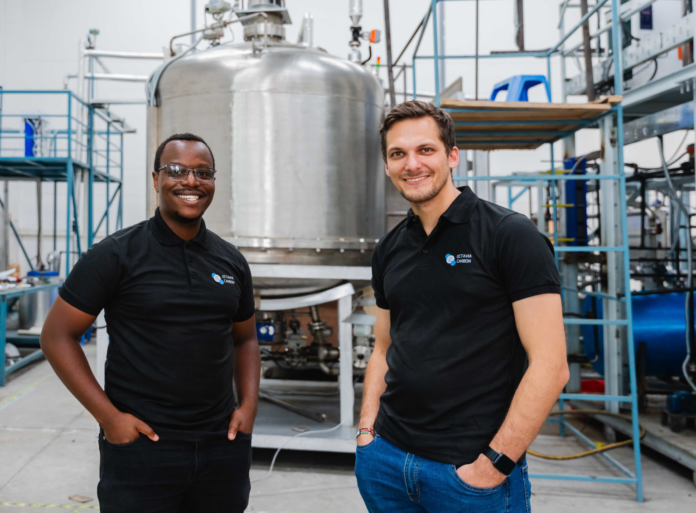Octavia Carbon, a Kenyan-based Direct Air Capture (DAC) startup has secured a seed investment of US$5 million to boost the advancement of its DAC technology.
Founded in 2022, Octavia Carbon builds DAC machines for capturing carbon, a greenhouse gas that is the biggest contributor to global warming, from the air for storage underground.
According to Martin Freimüller, co-founder and CEO of Octavia Carbon, the funding, will enable the company to become the second DAC enterprise globally to fully implement a combined system of CO2 capture and geological storage on-site.
The seed funding round was led by Lateral Frontiers and E4E Africa with participation from Catalyst Fund, Launch Africa Ventures, Fondation Botnar, and Renew Capital. The company also secured US$1.1 million in non-dilutive carbon financing within this investment round. With this funding, the company plans to build more machines to add to its existing two devices with a carbon capture capacity of 50 tonnes per year.
As part of their plan, the company aims to develop Project Hummingbird, a pioneering DAC+Storage initiative scheduled to commence operations by the end of 2024.
Direct air capture is an approach for reducing atmospheric CO2 levels, as it can be implemented anywhere, in contrast to traditional carbon capture methods that are typically integrated into emission-heavy facilities like steel plants. The captured CO2 can then be securely stored underground in geological formations or repurposed for various industrial uses.
The global investment in DAC technology surged in 2023, leading to 93 DAC facilities being worldwide and 53 aiming to be operational by the end of 2024. Notable milestones include the operationalization of kiloton-scale plants like Project Bantam and Project Mammoth, leading to a projected 7.8x increase in global capacity from 2023 to the end of 2024.
North America and Europe emerge as key regions of DAC activity, with an anticipated shift towards higher capacity in North America by 2030. The taxonomy of DAC technologies highlights diverse regeneration methods such as high temperature, low temperature, and electrochemical regeneration. Looking forward, exponential growth in DAC capacity seems to be on track with the 70% annual increase each year and diverse technologies being used to capture carbon promising significant contributions to climate change mitigation.

